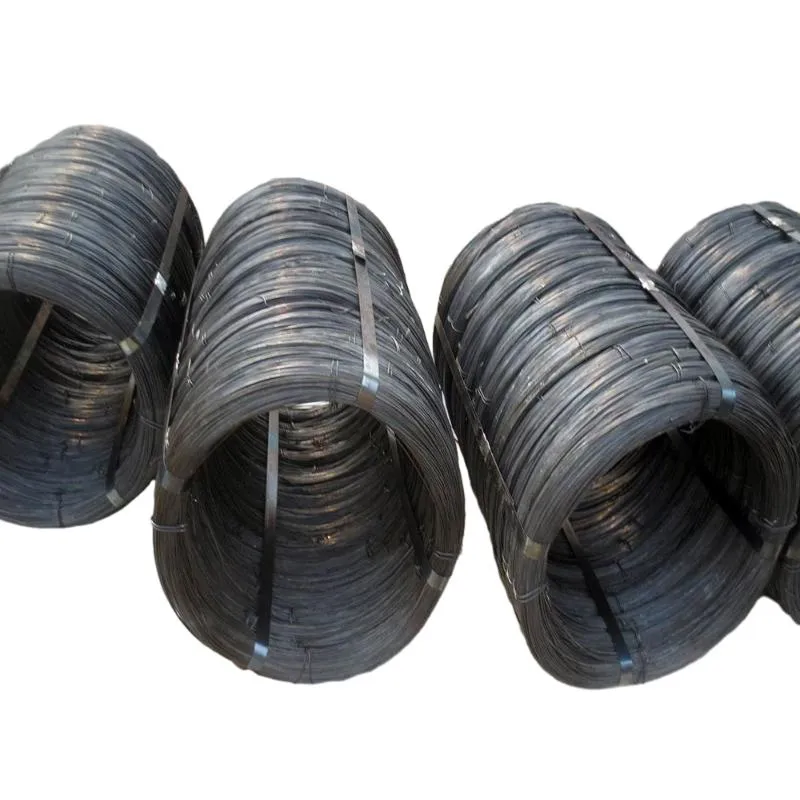masonry veneer anchors
brick wall reinforcement mesh
2025-08-14 00:18:50
0

Understanding 250mm Wall Ties in Construction In the world of construction and masonry, wall ties play a crucial role in ensuring the structural integrity and stability of buildings. Particularly notable is the 250mm wall tie, which serves as a vital component in joining various elements of masonry walls. This article delves into the significance, application, and specifications of 250mm wall ties in modern construction. What Are Wall Ties? Wall ties are metal connectors used to bond two masonry walls together. They are essential in cavity wall construction where two separate walls, typically a structural wall and a veneer wall, work together to create a single unit. The primary purpose of these ties is to provide support, resist lateral forces, and ensure structural stability, especially in regions subject to weather-induced stress or seismic activity. The Role of 250mm Wall Ties The term 250mm refers to the spacing between the wall ties, indicating that these ties are installed at intervals of 250 millimeters. This spacing is critical as it determines the effectiveness of the ties in maintaining the walls' alignment and structural performance. Properly spaced wall ties help distribute loads evenly, reduce cracking, and enhance the overall durability of the masonry structure. Material and Design 250mm wall ties are typically made from galvanized steel, stainless steel, or other corrosion-resistant materials to prevent deterioration over time. The choice of material is crucial as it affects the longevity and performance of the ties, especially in damp or corrosive environments. In terms of design, wall ties come in various shapes and sizes, with specific configurations suited for different types of construction projects. The design must comply with local building codes and standards to ensure safety and effectiveness. Installation Guidelines 250mm wall ties Correct installation of wall ties is paramount for their effectiveness. According to industry standards, 250mm wall ties should be installed with their ends embedded in both the inner and outer walls. The ties must also be installed at an angle to facilitate better load distribution. Proper spacing of 250mm is recommended to ensure optimal performance; ties that are too far apart may fail to provide adequate support, leading to structural issues. It is also essential to consider the building's thermal and moisture control strategies. Wall ties should be installed above the damp proof course and at appropriate heights to minimize the risk of moisture ingress between walls. Adequate insulation and ventilation must also be included in the design to ensure the longevity of the building. Benefits of Using 250mm Wall Ties 1. Enhanced Stability By providing lateral stability to masonry walls, 250mm wall ties help prevent movement and shifting that could lead to cracks or structural failure. 2. Load Distribution These ties ensure even distribution of loads, essential for tall buildings or structures prone to high winds. 3. Economical Solution Using steel wall ties is often a cost-effective solution compared to alternative methods of wall stabilization, making them a popular choice among builders and architects. 4. Versatility 250mm wall ties are suitable for various applications, from residential buildings to commercial structures, demonstrating their adaptability to different construction needs. 5. Compliance with Regulations Utilizing standardized wall ties aids in meeting legal regulations and building codes, which often require specific tie types and spacing for safety. Conclusion 250mm wall ties are an indispensable component in masonry construction, providing essential support and stability to walls. Their proper installation and adherence to guidelines are crucial in ensuring the structural integrity of a building. As construction techniques continue to evolve, the application of durable, well-designed wall ties will remain a fundamental practice in creating safe, resilient structures that stand the test of time. Whether you are a contractor, architect, or homeowner, understanding the role of these elements in construction will help in making informed decisions that will ultimately benefit the longevity and safety of your property.